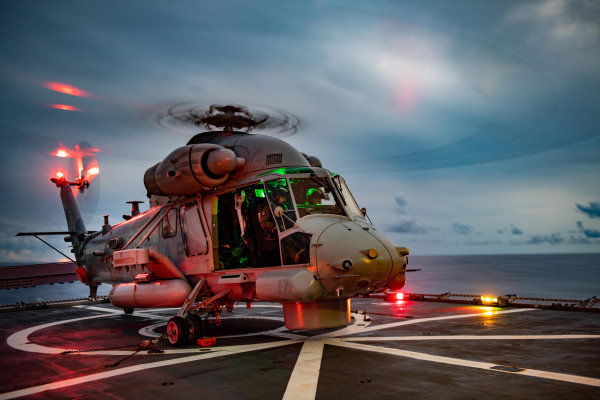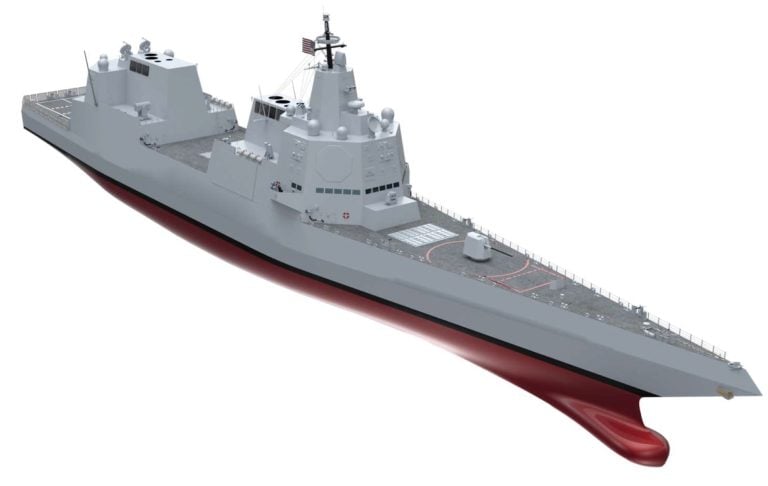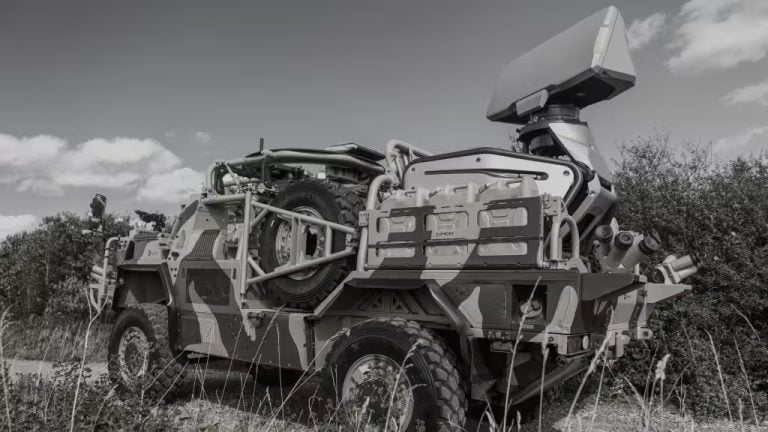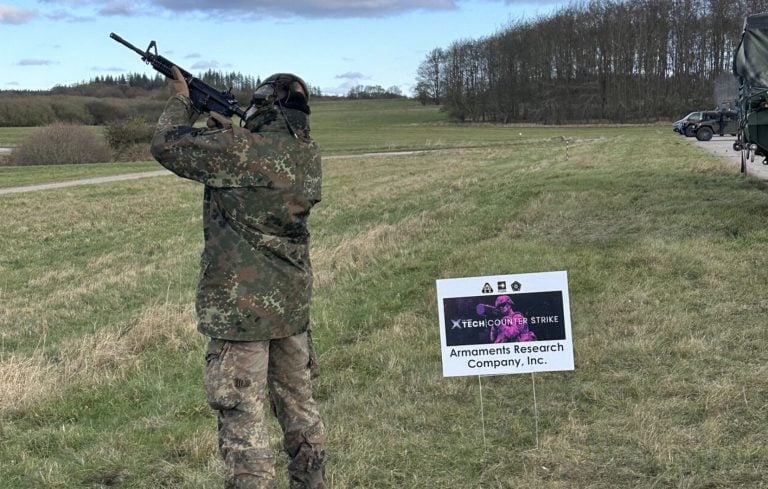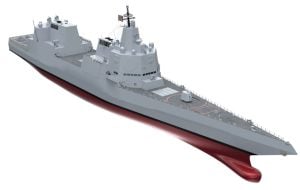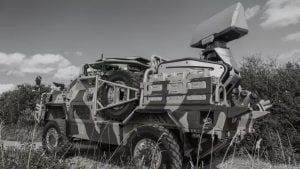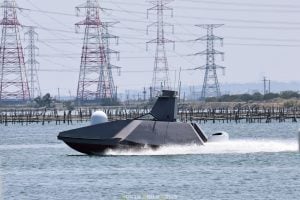New Zealand has announced a significant investment of 2 billion New Zealand dollars (approximately $1.19 billion) aimed at replacing its aging maritime helicopter fleet, reflecting an emphasis on enhancing naval capabilities amidst global security concerns. This funding is part of a broader initiative to bolster the country’s defense posture as it navigates rising international tensions.
In addition to the helicopter replacement, the New Zealand government plans to increase its defense funding by 239 million NZ dollars (around $142.7 million) annually over the next four years. This cumulative investment, totaling 957 million NZ dollars (about $572 million), aims to ensure that defense spending meets the target of 2 percent of the country’s GDP by the 2032-2033 fiscal year.
Defense Minister Judith Collins underscored the need for these developments, stating that New Zealand is not insulated from the escalating global tensions and that enhanced defense capabilities are vital for national security. The increased funding is expected to enable the armed forces to contribute more effectively to international security efforts, allowing for deployments to various regions more frequently and for extended durations.
Chief of Defence Force Air Marshal Tony Davies elaborated on the financial implications, indicating that the new budget will allocate around 150 million NZ dollars annually for the Navy, Air Force, and Army. This funding will support direct operating and logistics costs and facilitate a modest increase in military personnel numbers.
Further details regarding the defense strategy will be disclosed during the official presentation of the national budget on May 22.
The current fleet, which includes eight multi-role SH-2G(I) Seasprite maritime helicopters acquired in 2015, is set for replacement to enhance both the defensive and offensive capabilities of New Zealand’s naval forces. Minister Collins remarked that this upgrade is crucial for boosting the surveillance capabilities of New Zealand’s frigates.
The Seasprite is designed to operate with a crew of three: a pilot, an observer specialized in warfare and mission command, and a loadmaster in charge of utility operations. It is capable of operating from various vessels, including the Te Kaha and Te Mana Anzac-class frigates, as well as the Wellington and Otago offshore patrol vessels, and the Aotearoa auxiliary navy ship.
With the ability to be armed with Penguin anti-ship missiles, Mk 46 torpedoes, and a Mag 58 General Purpose Machine Gun, the Seasprite serves multiple roles, encompassing anti-surface and underwater warfare, maritime patrols, and surveillance. In addition to combat operations, the aircraft plays a critical role in search and rescue missions, utility operations, domestic government tasks, and training for operators.
